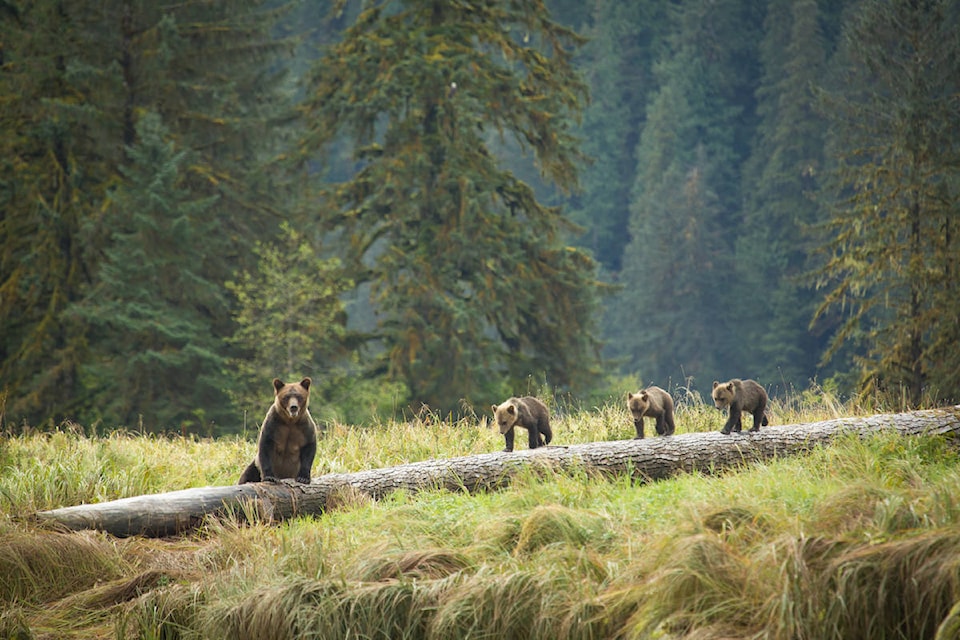COVID-19 continues to be tough on people. But it might be doing good things for the grizzly bears of B.C.’s central coast.
A positive outcome of the COVID-19 shutdown for the Klemtu-based Kitasoo-Xai’Xais First Nation, was the opportunity to study tourism’s impact on the grizzly bears in their region.
The Kitasoo-Xai’Xais reserve has maintained a shutdown since the pandemic began and will continue to do so until further notice. This gave the community the perfect chance to invest in a research program that could be conducted only in the absence of tourists.
Dr. Christina Service, the lead scientist in charge of the project with the Resource Stewardship Department of the Kitasoo-Xai’Xai Nation, was glad that they mobilized really quickly when the situation presented itself and deployed 40 infrared cameras which are triggered when the animals walk by.
“Since we’re not going to have tourism in the territory this year, it provided a remarkably unique situation where we could essentially study and take baseline conditions to see what these bears will do in the absence of tourism.”
The cameras will be taken down in October and the recordings will be used to analyze behaviour patterns and to get a sense of how the bears choose to spend their time in the absence of humans. The process will be repeated and cameras will be re-installed again in spring 2021, when hopefully tourism activity will have resumed again.
The results will then be compared to arrive at a sustainable management plan for a conservation-based economy for the community, said Service.
“So we’re looking at factors like ‘what areas should humans be restricted to that have the least impact on bears?’ Or, ‘what time of the day does tourism heavily impact bears?’ There will definitely be some interesting patterns to see.”
Since the research is spread over two years, Service said it will be a while before they have concrete answers. But the study will help provide the “best available information” to formulate a management plan.
The First Nation has seen increased pressure from tourism since the Great Bear Rainforest was established and visitors started coming to the territory to learn more. And though tourism opportunities are welcomed, the First Nation also indicated its desire to conserve the bears in their region.
Service commended the Kitasoo-Xai’Xais First Nation for their “interest, capacity and desire” to invest in such a research program, especially at a time when there’s so much uncertainty with the pandemic.




